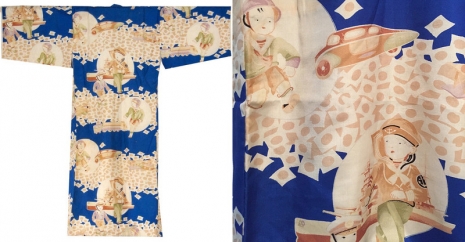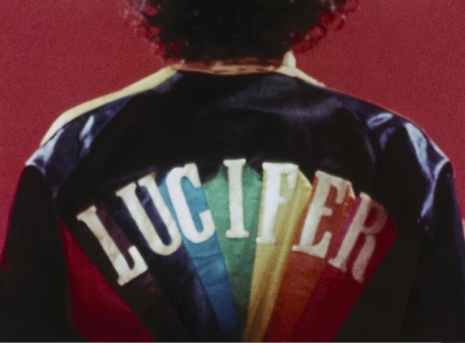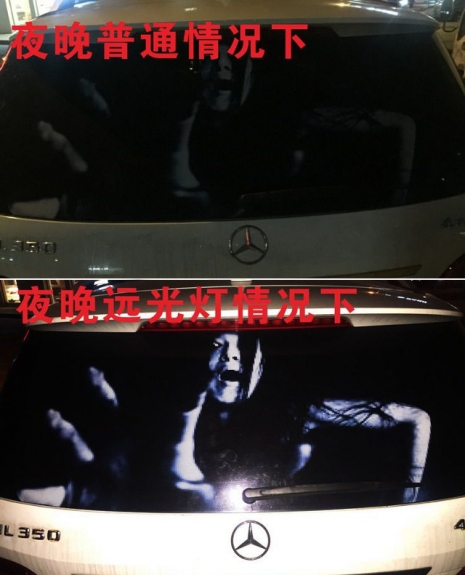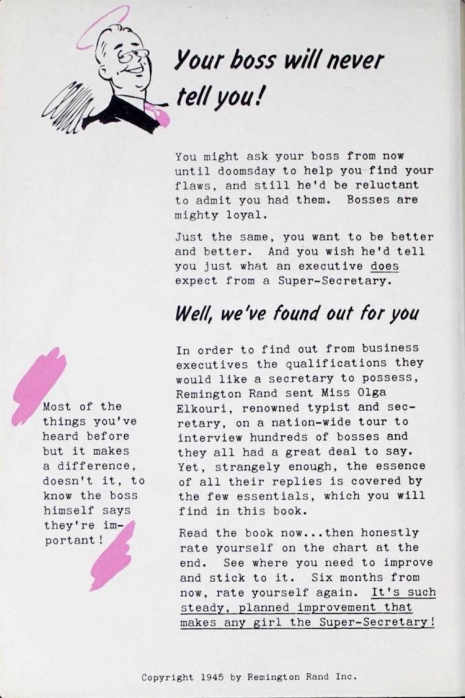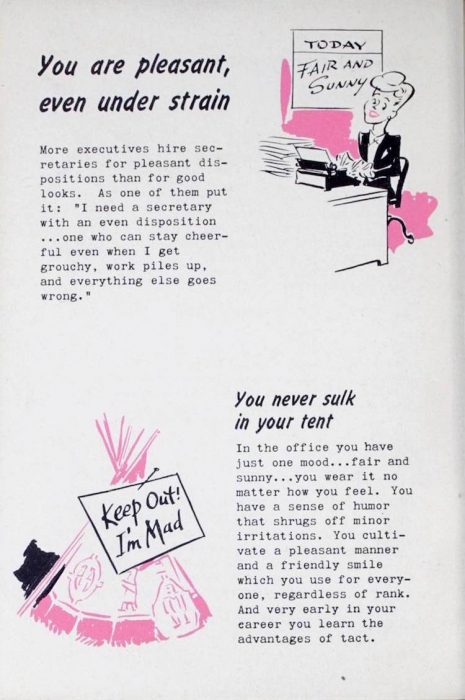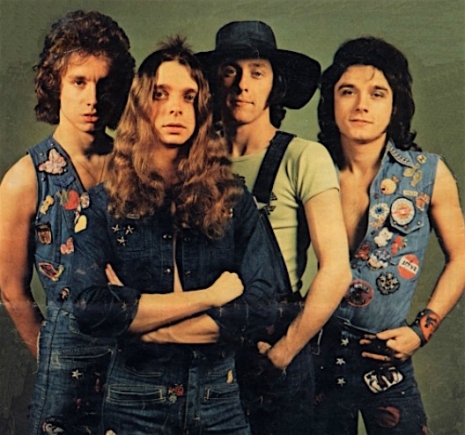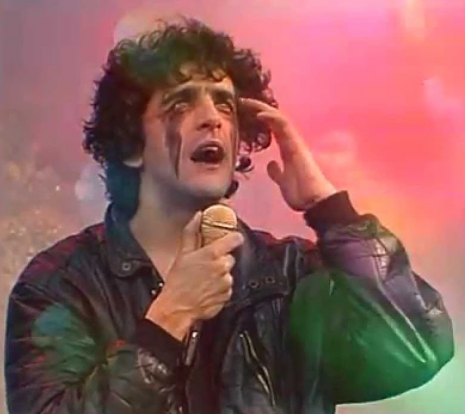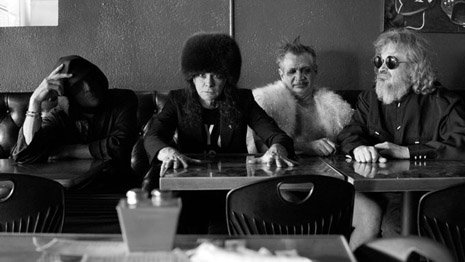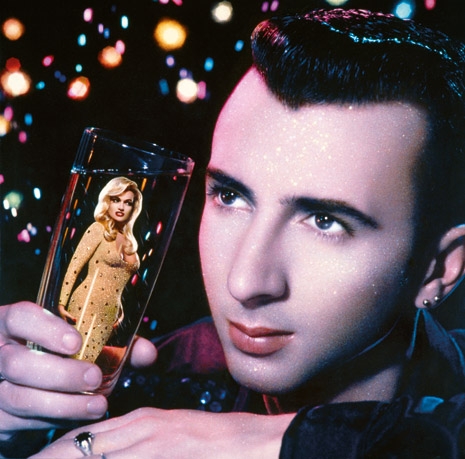
For many of us, 2016 has been an especially shitty year, an annus horribilis of epically epic proportions that began with the death of David Bowie (an especially low note for humanity, I think we can all agree on that) and went straight downhill from there, picking up speed before going SPLAT! like an egg on the sidewalk last week. My own personal year of unmitigated Hell had started a few weeks earlier, a year ago today in fact—November 16, 2015—when my good friend, the genius painter, architect and futurist inventor Paul Laffoley died at the age of 75.
Like many of Paul Laffoley’s friends and admirers, I was at least gratified to know that he’d died deeply satisfied with his life’s work, and the acclaim his visionary art had seen in recent years from major museums around the world, the result of tireless and heroic efforts on the part of his longtime gallerist Douglas Walla of Kent Fine Art in New York City. In May of this year, upon publication of the University of Chicago Press book The Essential Paul Laffoley: Works from the Boston Visionary Cell, I asked Doug if he’d found anything interesting when he was in Boston sorting through Paul’s belongings after his death:
He had always told me stories about time spent constructing violins. I was amazed to find one of his violins on a top shelf. AND, perhaps most importantly, strewn amongst hundreds of boxes of bills and junk mail, I found about FIFTY handwritten journals of profound significance. I had been asking Paul for his journals for 20 years, and he had only found and gave to me about 6 or 7, five of which I gave to the Henry Art Gallery for publication in their book Paul Laffoley: Premonitions of the Bauharoque. I had no idea there were FIFTY journals along with voluminous notes and correspondence. None were filed, or carefully segregated. They were just scattered among the vast piles of paper.

Turns out there were even more than that. These journals are now being made available to the public—starting today—via a newly launched website The Paul Laffoley Archive:
On the first anniversary of the death of Paul Laffoley, the Boston visionary artist and luminary, we have assembled and are launching today a second website documenting his written texts and journals. After Paul’s death, we discovered over 120 handwritten journals on Visionary Art, Meta Energy, Dante, Dimensionality, Death-Life, Time Travel, and his naming of the Bauharoque period of history we are now experiencing. Not only was Laffoley a unique and dedicated artist, I believe he was an intellectual of great depth and curiosity. We hope that we have done Laffoley’s legacy justice by making his writings available to the public.
I’ve seen several of Paul’s handwritten (and nearly all of these were written out in longhand) essays in the past (one of the pieces posted on the new website was originally written for my Book of Lies occult anthology in 2003) and to have access now to ALL of his writing, I felt positively giddy clicking around it this morning. It’s a treasure trove of strange, challenging and mind-tickling ideas. You can crash land into any of these journals and be absolutely astounded by his dazzlingly erudite, cosmic, occult and scientific ideas. There are essays about the Symbolist movement; his plans for a working time machine; his ideas on the principles of Alchemy and much more. Most of the essays are presented as scans of his carefully formed and highly distinctive handwriting in PDF format.
Buy The Essential Paul Laffoley: Works from the Boston Visionary Cell on Amazon.

More after the jump…








